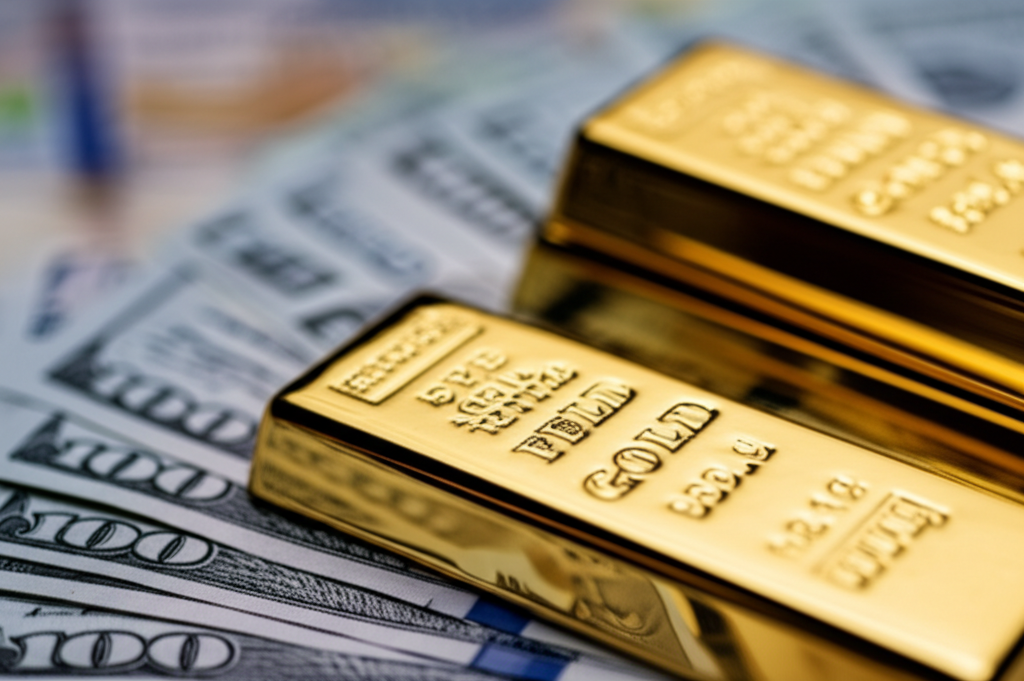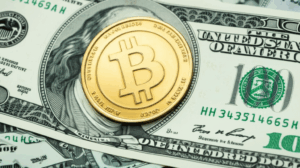Gold Prices Brace for Fed Decision Amid Israel–Iran Tensions
The shimmering allure of gold, long considered a steadfast safe-haven asset, finds itself at a pivotal juncture as global markets navigate a confluence of powerful forces. As investors and analysts alike turn their gaze towards the upcoming Federal Reserve interest rate decision, the already complex calculus of gold’s price trajectory is further complicated by the simmering geopolitical tensions between Israel and Iran. This dual pressure creates an environment of heightened volatility and uncertainty, making gold a key indicator of market sentiment in these turbulent times.
Historically, gold thrives in periods of economic instability and geopolitical unrest. Its status as a store of value, untethered to the performance of any single economy or currency, makes it an attractive refuge when traditional assets face headwinds. In recent months, gold prices have demonstrated this resilience, pushing to impressive highs on the back of persistent inflation concerns, robust central bank buying, and an underlying current of global geopolitical anxiety. However, the path forward is anything but clear, with the Federal Reserve’s monetary policy and the delicate balance of Middle Eastern relations poised to exert significant influence.
The Federal Reserve’s decisions on interest rates are a primary driver for non-yielding assets like gold. When the Fed raises interest rates, it increases the opportunity cost of holding gold, as investors can earn higher returns from interest-bearing assets like bonds or savings accounts. Conversely, a dovish stance, signaling potential rate cuts or a prolonged pause, tends to make gold more appealing. Lower interest rates reduce the attractiveness of alternative investments, making gold’s lack of yield less of a disadvantage. Current market sentiment is closely divided, with participants scrutinizing every economic data point – from inflation figures to employment reports – for clues about the Fed’s next move. A “higher for longer” narrative for interest rates could temper gold’s ascent, while any unexpected hint of an earlier rate cut could provide a significant boost. The Fed’s forward guidance, often communicated through its “dot plot” projections and accompanying statements, will be critical in shaping market expectations and, consequently, gold’s immediate future.
Compounding this monetary policy tightrope walk are the escalating tensions in the Middle East. The long-standing animosity between Israel and Iran has flared into direct confrontations, raising fears of a broader regional conflict. Such geopolitical instability inherently drives demand for safe-haven assets. When the global economic outlook becomes uncertain due to potential supply chain disruptions, energy price volatility, or a general increase in risk aversion, investors flock to assets perceived as secure. Gold, with its proven track record as a crisis commodity, becomes a natural beneficiary. The sheer unpredictability of these events means that any escalation or de-escalation can send immediate ripples through the market, influencing gold prices in real-time. Even the *perception* of increased risk, regardless of actual events, can be enough to trigger a surge in gold demand. The Middle East’s crucial role in global energy markets further amplifies its impact; any threat to oil supplies can spark inflationary pressures, which also historically underpins gold’s appeal as an inflation hedge.
The interplay between these two forces is fascinating. A hawkish Fed, typically a bearish signal for gold, might find its impact mitigated or even overshadowed by a significant escalation in geopolitical tensions. Conversely, a dovish Fed, usually bullish for gold, could see its positive influence dampened if regional stability somehow improves dramatically. Gold’s recent resilience suggests that geopolitical risk premium is already baked into its current price, but the question remains how much more it can absorb, especially if the Fed maintains a restrictive monetary policy. For young investors keenly observing global markets, understanding these dynamics is crucial. Gold is not merely a commodity; it’s a barometer of global economic health and political stability, reflecting the ongoing tug-of-war between monetary policy and geopolitical realities.





